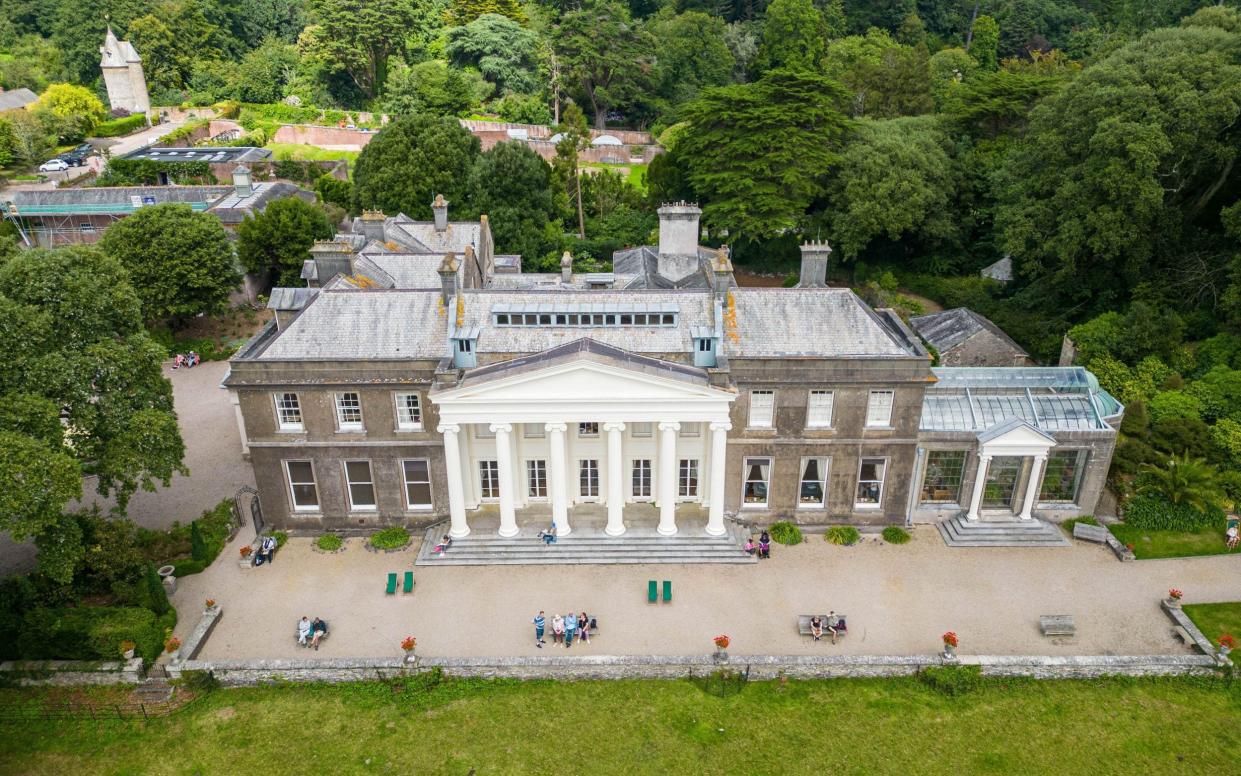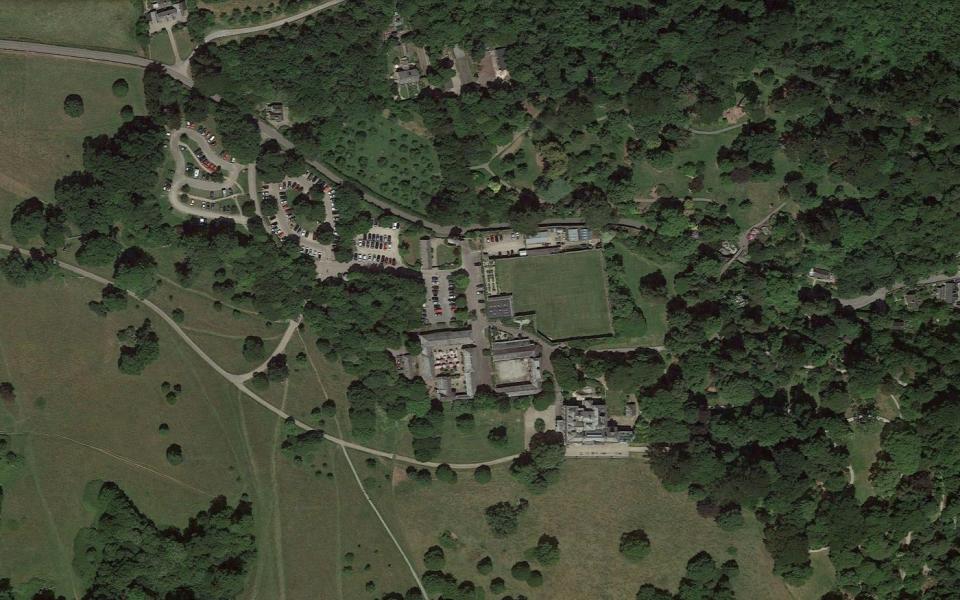National Trust plans to increase parking at Cornwall estate refused over road rage fears

The National Trust’s plan to increase parking spaces at a Cornwall estate has been refused over road rage fears.
The Trust had applied to increase parking at its Trelissick estate at Feock, Cornwall, to meet growing visitor demand and stop queuing cars.
The plan to increase parking to accommodate 524 spaces would have created an additional 225-space car park on woodland and orchard space on the opposite side of the road.
The work would also include a pedestrian crossing leading from the new car park to the house, gardens and riverside parkland.
But the plans have been rejected, with the crossing raising particular concerns at Cornwall’s councillors at a meeting of the central sub-area planning committee.
In the summer months, visitors to the estate can lead to queues on the B3289, which leads to the King Harry Ferry crossing over the River Fal to the Roseland peninsula, a crossing many drivers use to avoid a 27-mile route through Truro.
Many councillors were concerned the plans would lead to tailbacks and delays, passengers and emergency vehicles missing ferry crossings, and even road rage from angry drivers desperate to get to the ferry on time.
Road rage
Cllr Julian German, who represents the Roseland peninsula, told the committee: “Many Roseland residents are concerned about this application and I share their concerns.
“The fact that the King Harry Ferry is a lifeline service was evidenced through the pandemic when the council provided financial support so that emergency services continued to access the Roseland from that side.
“The narrowing of the road would cause traffic queuing.
“My concern is that would cause much more of a challenge than modelled.
“We all know that road rage is increasing and I worry what will happen in that regard. I also worry what will happen in that regard with the increased pedestrian-vehicle conflict that this will create.”
Garrick Royle, managing director of the King Harry Ferry Co, said traffic flow monitoring undertaken by the trust was unrealistic and didn’t take into account the number of vehicles leaving the ferry to drive past Trelissick.
“Our principal concern is the road narrowing with an uncontrolled pedestrian crossing which will cause massive delays and disruption to traffic accessing the Roseland peninsula,” he said. “We also believe the crossing will be dangerous for pedestrians.”
“Why should everyone passing the Trelissick site be inconvenienced by a dangerous crossing that the National Trust have pushed on with, despite massive public opposition?”

He asked for a bridge option to be considered or relocation of additional parking so that a crossing wasn’t required.
A number of councillors and those speaking in opposition, including Feock parish councillor Rick Bowers, suggested the plan for more parking didn’t adhere to the National Trust’s own green credentials.
They argued that drivers should be encouraged to use park and ride facilities in Truro, with the trust organising shuttle transport. A park and float system using the ferry was also suggested by Cllr Steve Arthur.
A planning agent for the trust stressed that the plans were submitted after working with council officers, with Cormac, the local authority’s highways wing, concluding the scheme was feasible and safe.
The proposal was supported by Historic England and a Cornwall Council highways officer.
Ten other options had been investigated but were ruled out due to loss of valuable land.
‘Tranquil and unique’
Cllr German added that the heritage assets of Trelissick create a “tranquil and unique place which relates wonderfully to its natural setting, yet what we’re proposing here is the introduction of a resin-mound table, rumble strips, kerbs and bollards, narrowing of the carriageway and increased vehicle signage, so the crossing introduces harm to the setting.”
He said benefits included improved public safety and traffic management, a biodiversity net gain of 34 per cent, the planting of more than 200 new trees and woodland, enhancement of the historic setting of Trelissick, allowed for further restoration and delivered benefits to the regional economy including the creation of seven new jobs.
Cllr Michael Bunney, who represents St Mewan and Grampound, went against the planning officer’s recommendation to approve and suggested refusal, stating: “I love the National Trust, I love Trelissick as well and I completely appreciate the issue and problem in terms of trying to manage transport, but I think this is the wrong solution.
“The national landscape and area of outstanding natural beauty should weigh very heavily on us.
“I think this is a suburbanised element in a very unique landscape. This will cause problems in terms of queuing traffic. I don’t see that more parking is planning in the right direction when it comes to climate change.”
The application was refused with nine councillors voting to refuse, while Cllr Fitter voted against refusal and there was one abstention.

 Yahoo News
Yahoo News 
